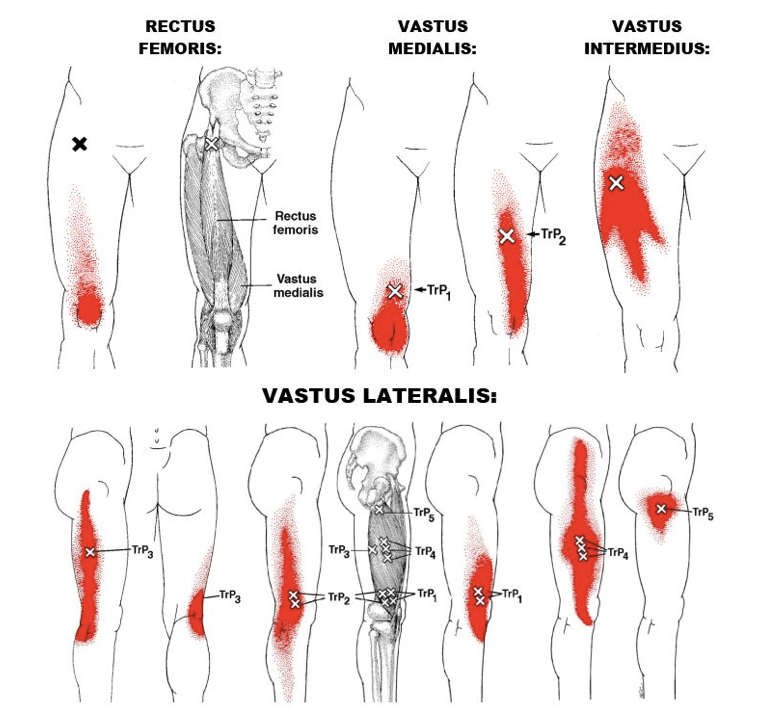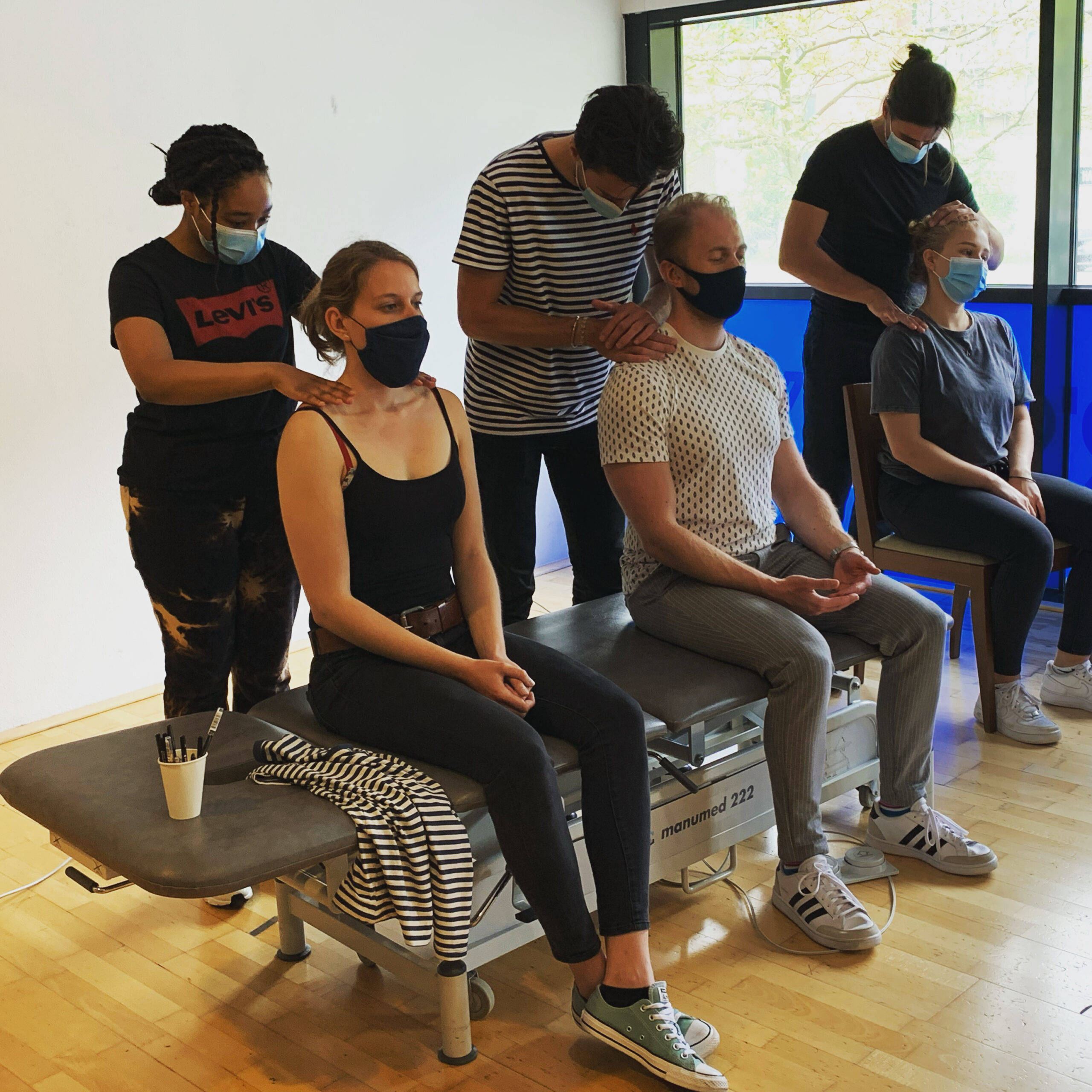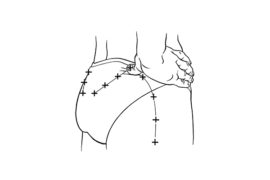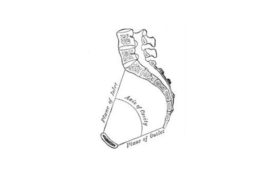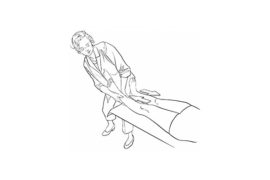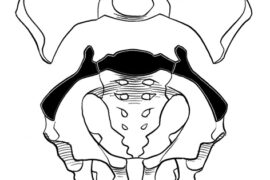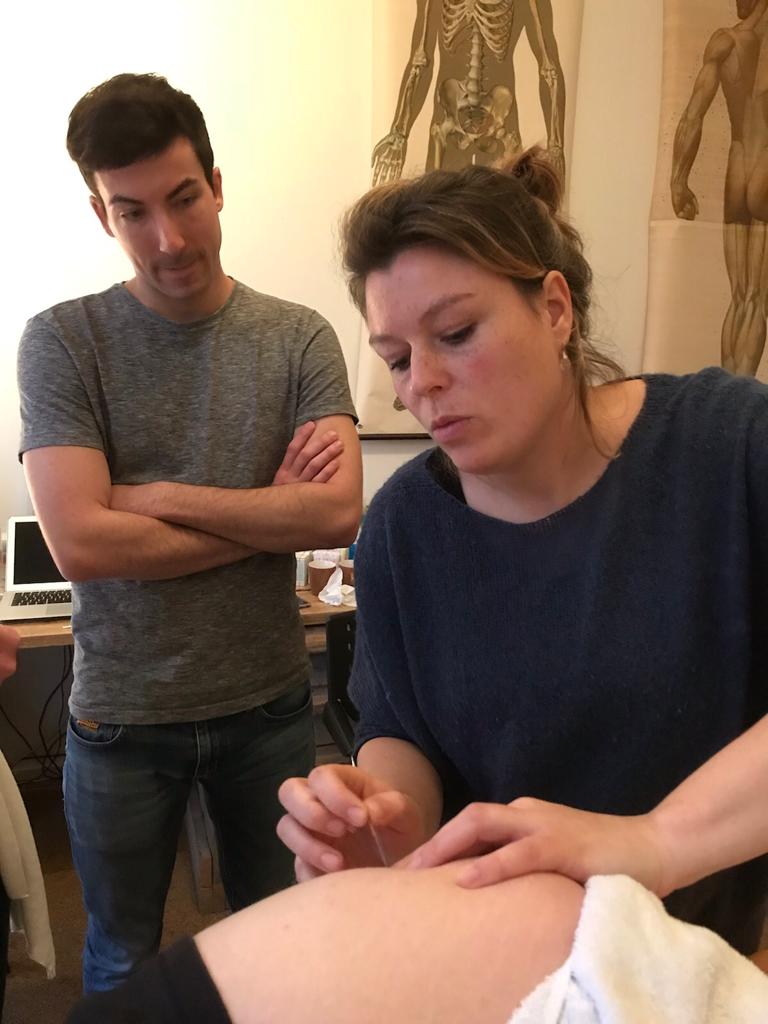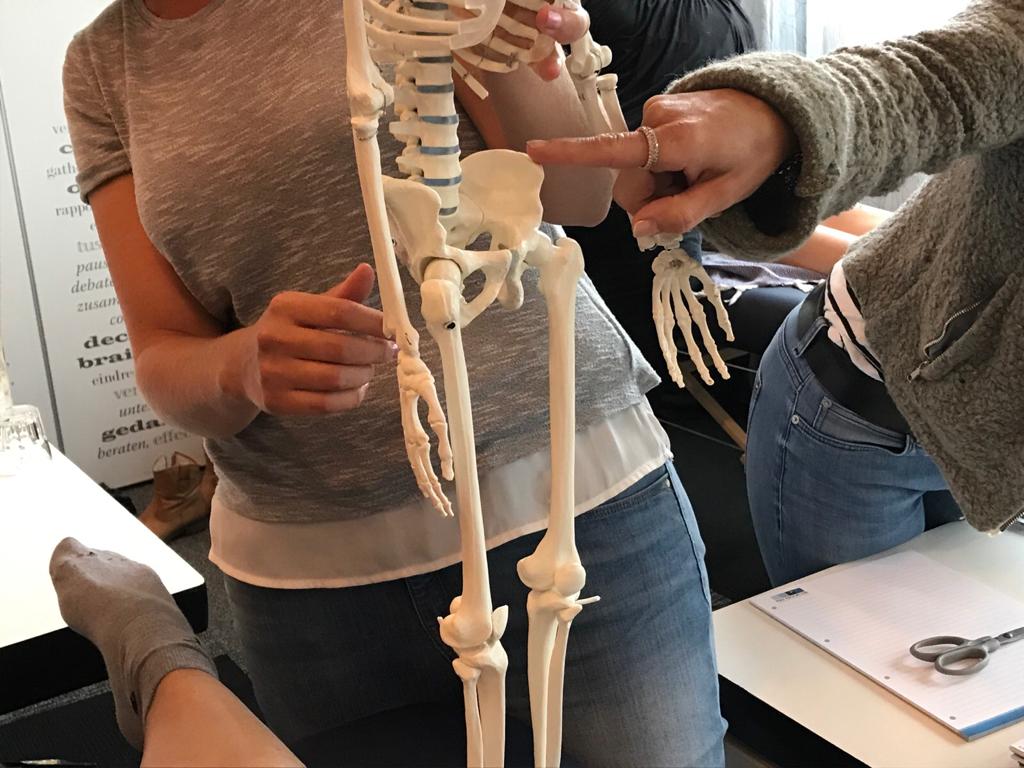Pijnlocalisatie i.c.m. P4 en ASLR testen
Pijnlocalisatie in combinatie met uitslagen van de P4 en ASLR testen zijn relevant om aanwezigheid van bekkenpijn bij zwangere vrouwen te kunnen evalueren.
‘The objective of this cross-sectional study was to explore the associations between pain locations, responses to the posterior pelvic pain provocation (P4) test, responses to the active straight leg raise (ASLR) test and disability in late pregnancy. 283 women in gestation week 30 (mean age 31.3 years; 59% nullipara) completed a questionnaire (including pain drawing and Disability Rating Index, DRI). Women with PGP were more afflicted than the women with LBP and those without PGP. Highest DRI score was reported by women having combined symphysis pain and bilateral posterior pain. The multivariate analyses showed that results from P4 and ASLR contributed independently to DRI. Taken together, pain location combined with responses to P4 and ASLR tests are relevant when evaluating affliction in pregnant women with possible PGP.’
aslr testbekkenpijnp4robinsonzwangerschap



